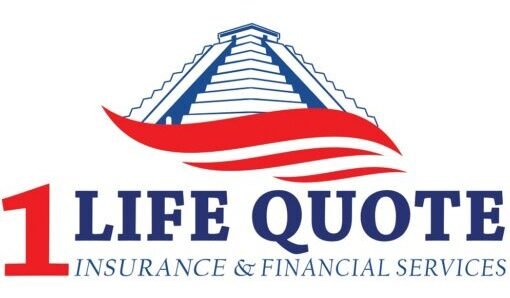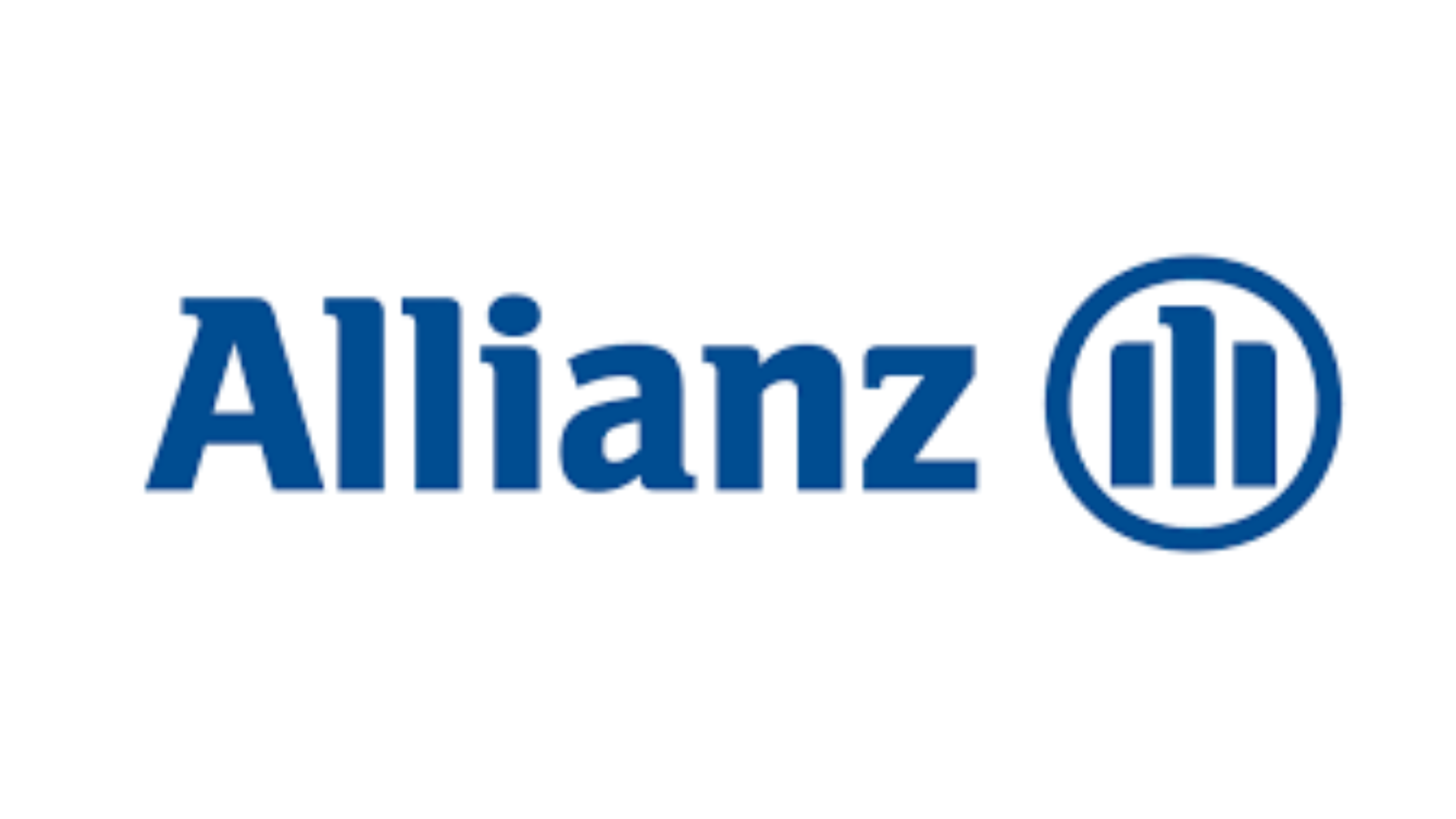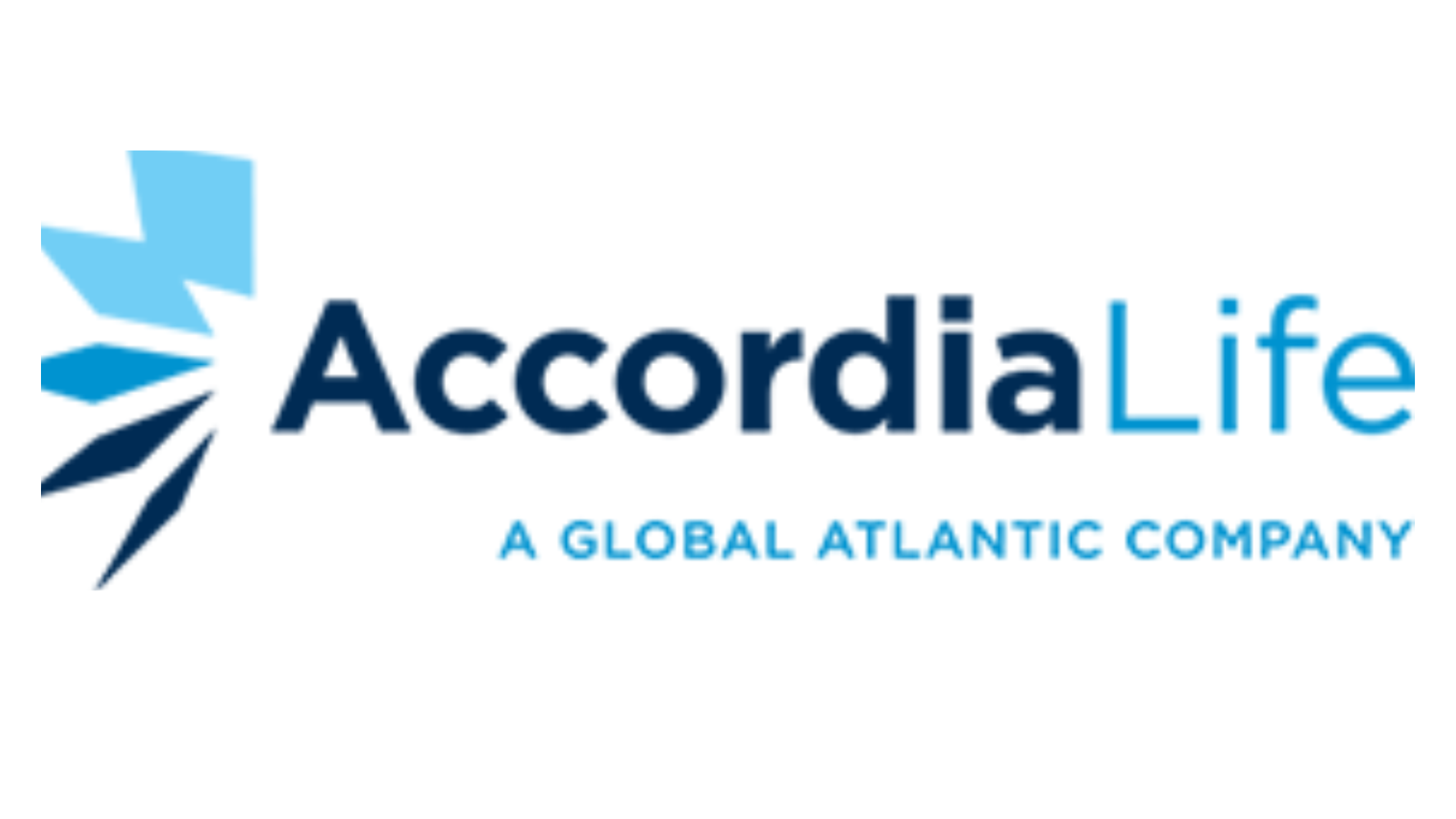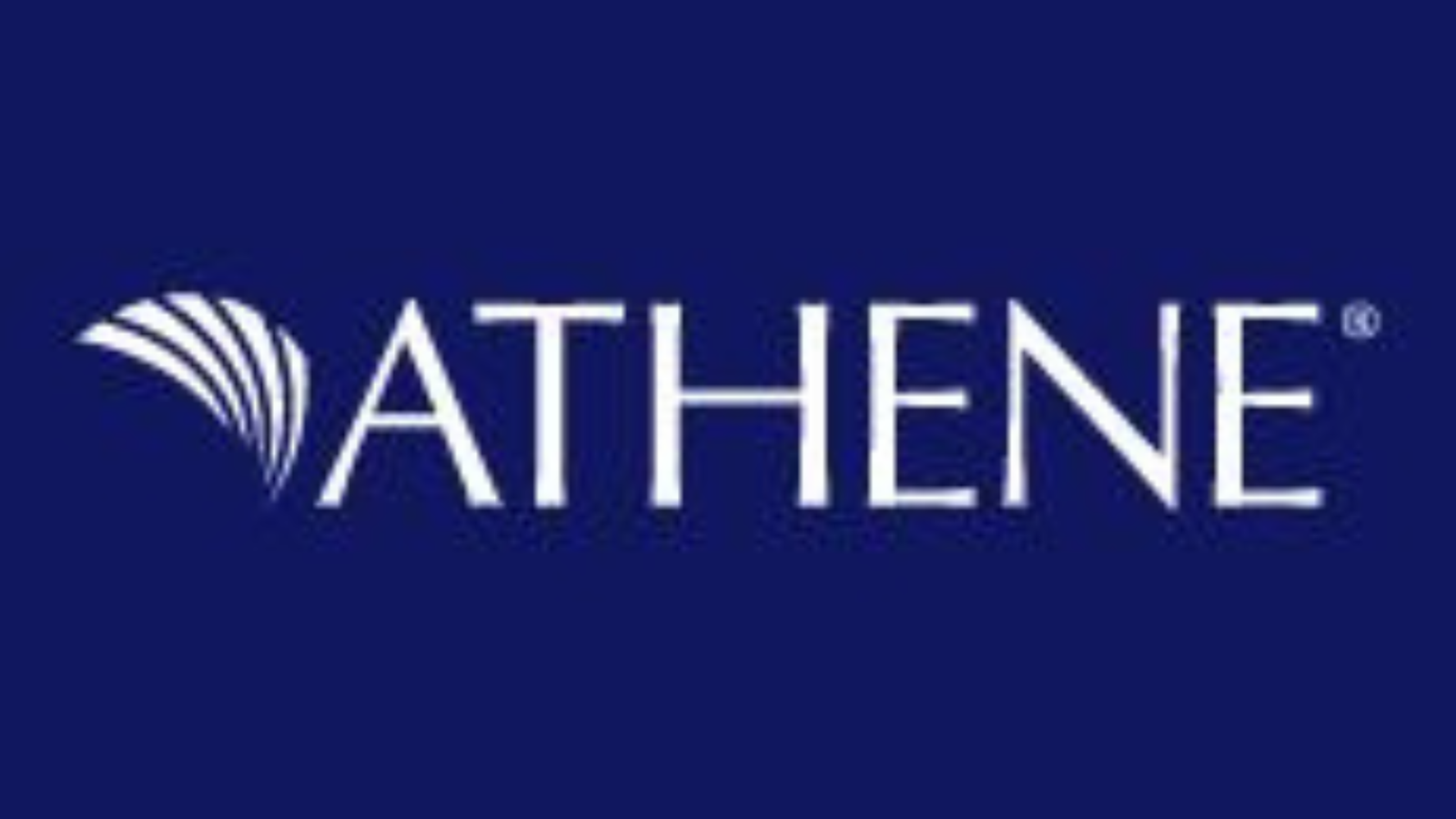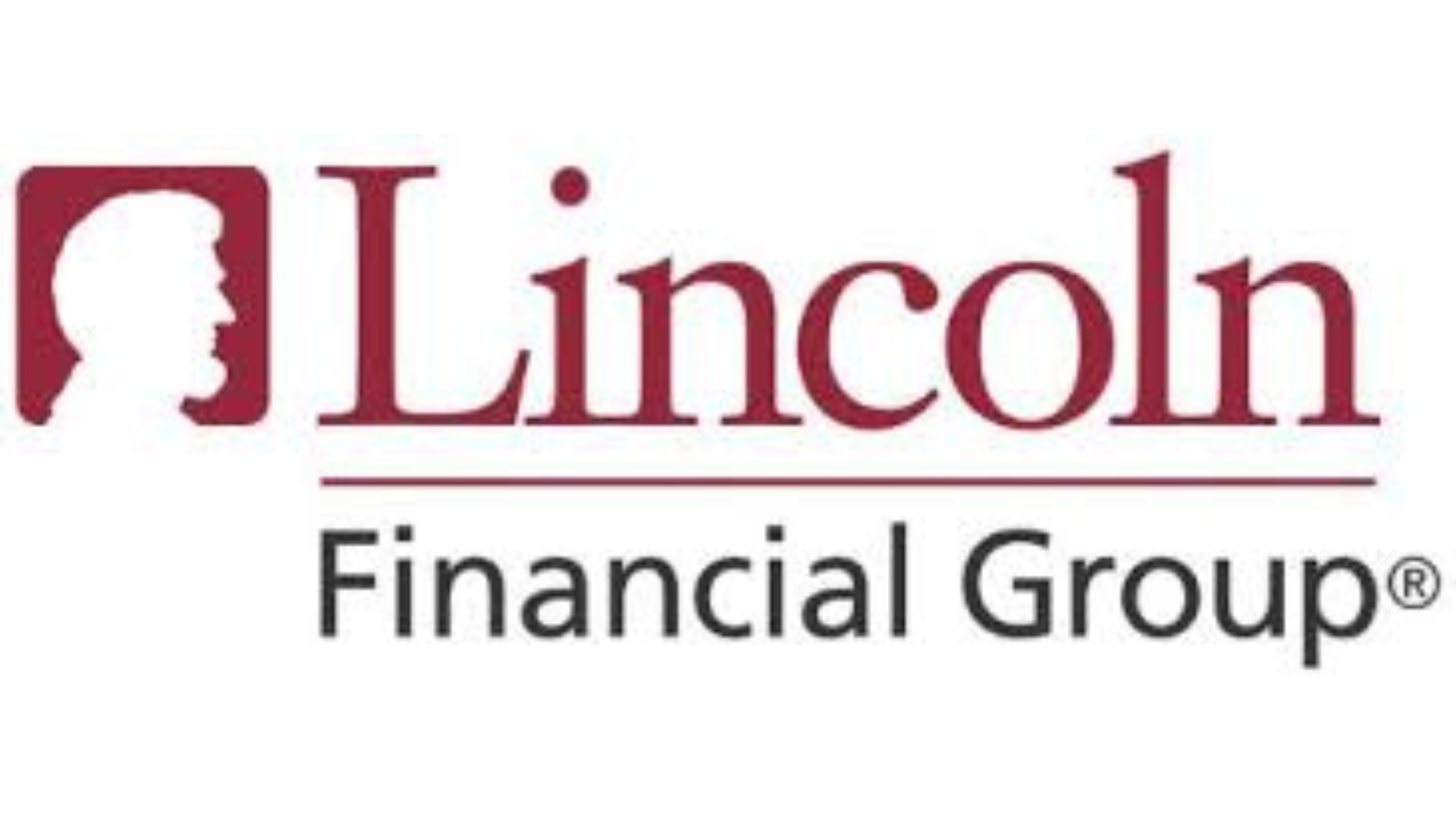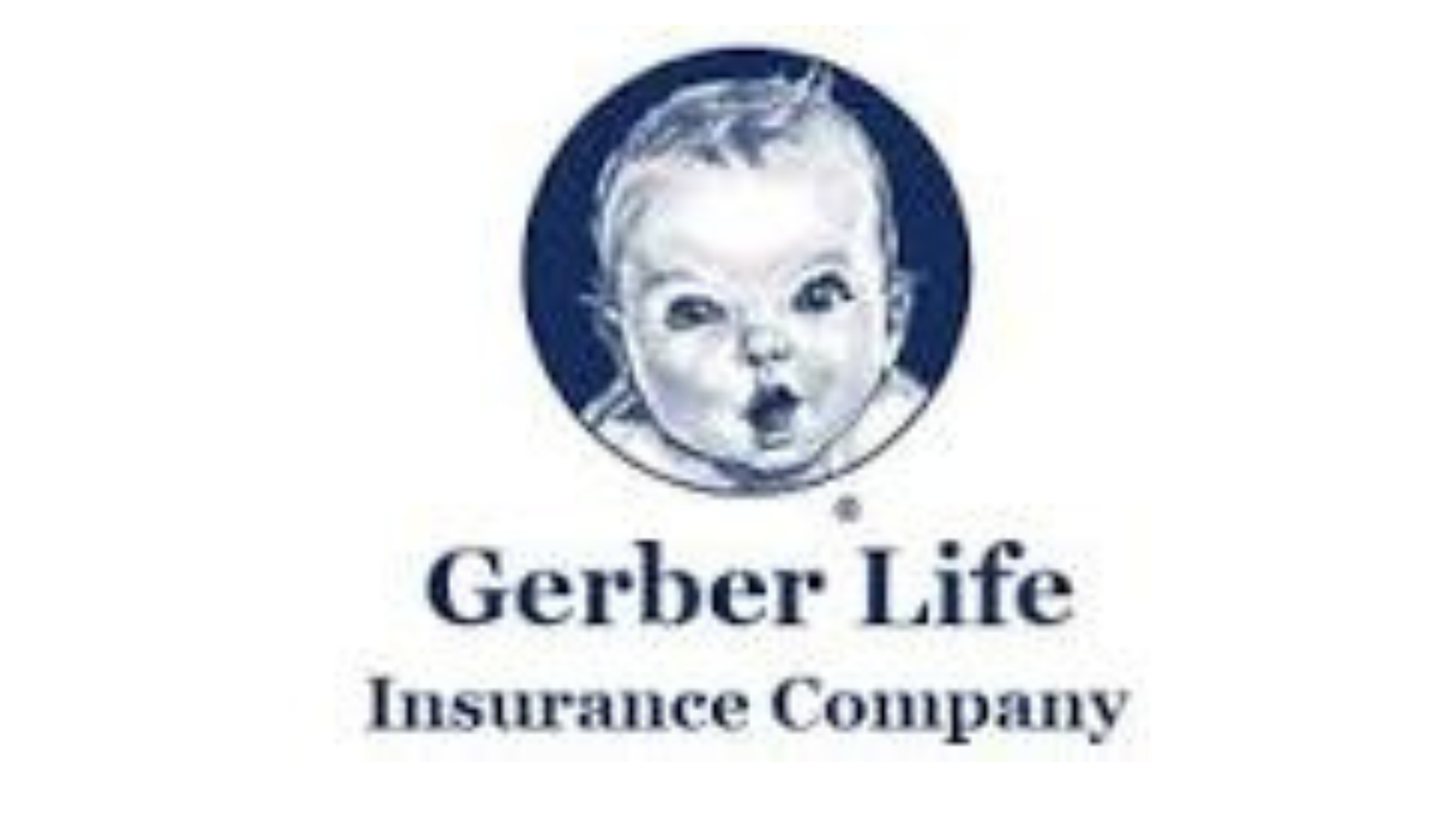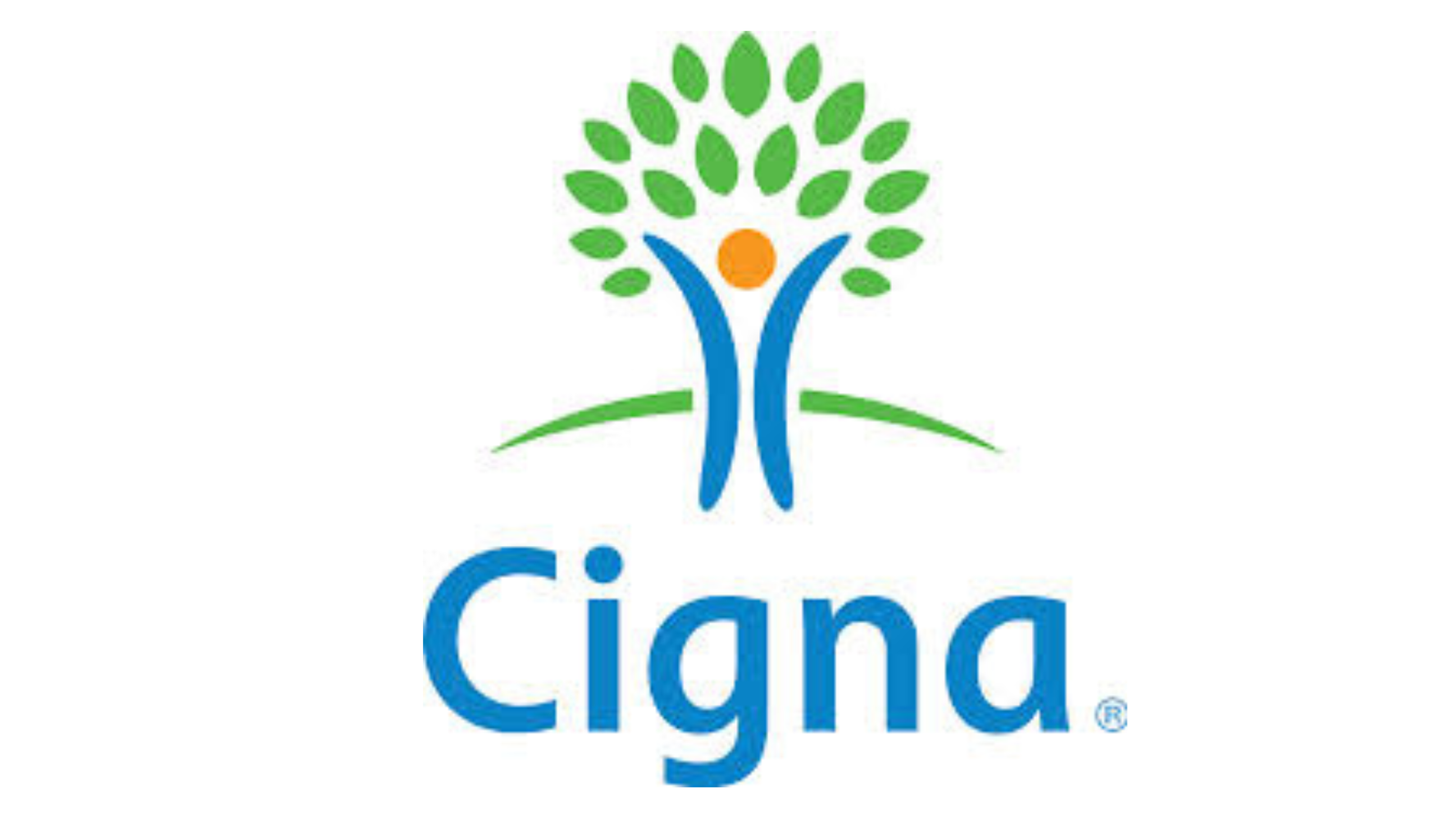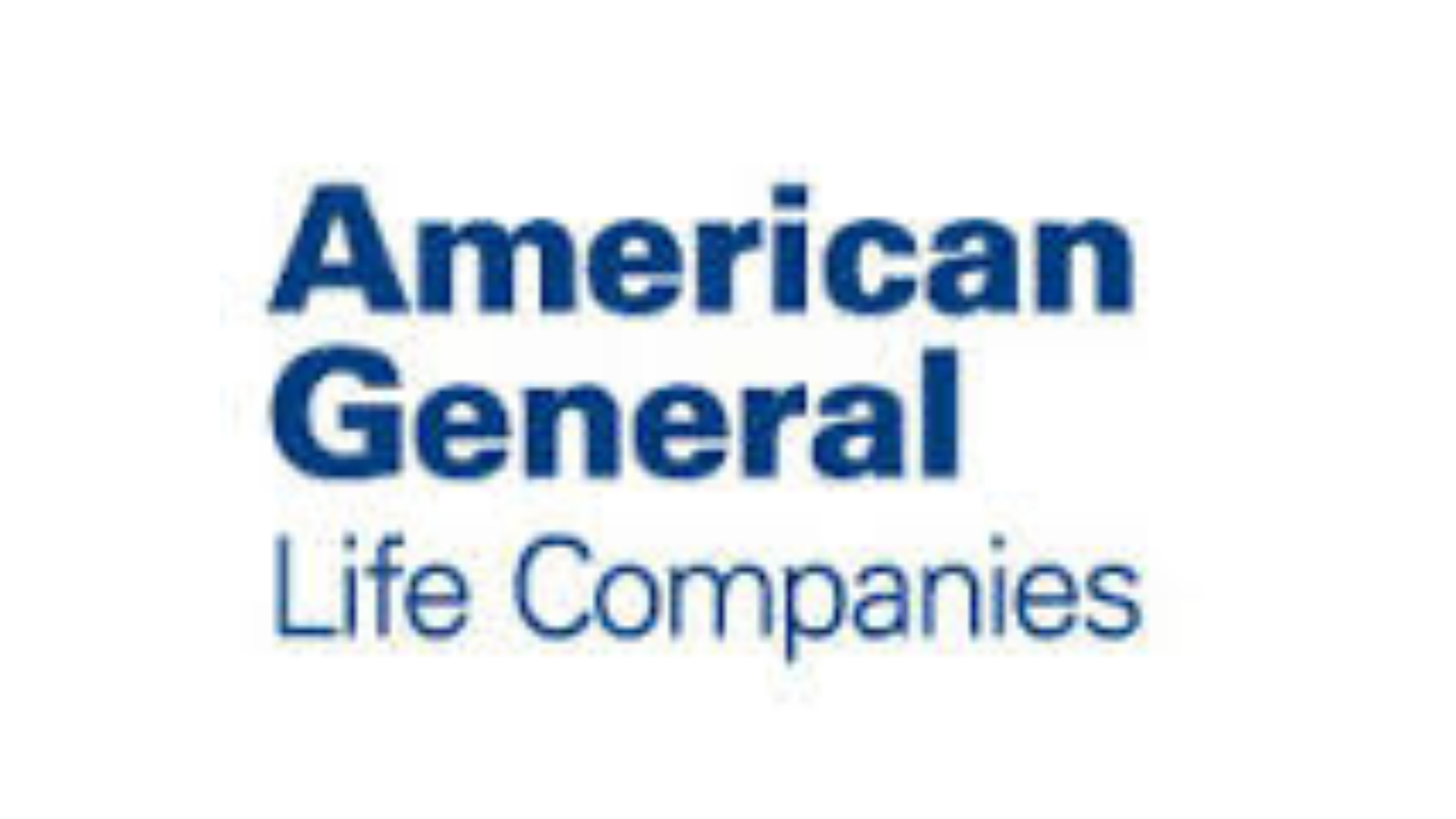Business Owners

Business Owners
You run your business
You are busy and your time is valuable. There are certain financial situations faced by your business and family that may not get your full attention. Our focus is to make sure that you get the information you need to help you protect your business and family.
Would you like to learn more?
What an exciting time, all your planning is coming to life and your dream is becoming a reality. We understand your business is consuming a lot of your time, between getting your name out there, finding new customers and hiring the right people, you’re keeping pretty busy these days. We also know that you are faced with many financial decisions, both for your business and for yourself. There are a number of financial solutions that you can take advantage of to protect what you have begun to build. Let’s plan for the expected and prepare for the unexpected.
Engage
I’m Self-Employed, How Much Can I Contribute to a Retirement Plan?
It’s ok that your business is your focus right now. To make it the success you dream of, it has to be. But don’t forget to take care of yourself and those who depend on you as well. As easy as it would be to pour all your earnings back into the business, you need to make sure you are getting your share too. Even if all you can afford is to take enough to cover your life essentials, you should make sure you are putting yourself at the top of the list to pay. There are a number of financial solutions that you can take advantage of to help protect what you have already built and to save for the future. If you don’t take care of yourself, who will?
Engage
Save Now Vs. Save Later
Qualified Plans
One of the benefits of owning a business is that you have tax-favored options to save for retirement that non-business owners don’t have. Your business can sponsor a qualified plan which may be designed to drive the majority of the benefits to you. This is a classic way to shift business dollars to you for retirement.
Benefits of a qualified plan include:
- Contributions to the plan are tax deductible to the business.
- Contributions are not currently taxable to the participants.
- Contributions made on behalf of employees can be paid with dollars that would have otherwise been spent on taxes.
- Earnings on contributions grow tax deferred.
- Qualified plans are protected from creditors.
- Provides a valuable benefit to employees and helps to attract and retain employees.
- Taxation of benefits are deferred until taken in the future.
There are essentially two categories of qualified plans – Defined Contribution Plans and Defined Benefit Plans.
With defined contribution plans, you define how much money you want to contribute to the plan. What is available for retirement will depend on the contributions actually made and the earnings on those contributions.
With defined benefit plans, your retirement benefit is defined under the plan. (For example 75% of the highest five consecutive years’ salary over the last 10 years.) The contribution amount will be based on a number of factors, including the benefit being promised, the number of years until retirement and an interest rate assumption.
Purchasing Life Insurance Through Your Qualified Plan
Planning for your retirement may also impact someone else in your life, such as a spouse or partner.
Life insurance can help “self-complete” your retirement plan, helping to make sure that your goals for their retirement can be met.
Buying life insurance inside your qualified plan may be an affordable, tax-efficient way of meeting both your business and personal insurance needs.
The advantages of purchasing life insurance inside your qualified plan include:
- Premiums are paid for with tax-deductible plan contribution dollars, freeing up personal dollars
- Should death occur before you’ve had time to accumulate your retirement account, the life insurance proceeds can help complete your retirement savings for your family
- At retirement, the policy can be transferred to you to personally own, providing continuous personal protection for you and your beneficiaries
How does life insurance in your plan free up money for you?
If you were to purchase the same amount of life insurance outside your qualified plan, you would need to gross up your income in order to net the same premium paid from qualified plan dollars.
For example, assuming you’re in a 34% personal income tax bracket:
Qualified Plan: | Out of Pocket: | |
|---|---|---|
Gross Amount to Pay Premium: | $12,500 | $18,939 |
Taxes Due: | $0 | $6,439 |
Net Amount to Pay Premium: | $12,500 | $12,500 |
How it works:
- The policy is applied for and owned by your pension trust, however, you name who the beneficiary will be of the insurance proceeds
- A portion of your deductible plan contribution is used to pay the insurance premium
- The life insurance cash value is attributed to your retirement savings, and because it is accumulated using pre-tax dollars, is subject to income taxes when received either through distribution at retirement or upon death
- The death benefit in excess of the cash value is received by your beneficiary income-tax free
- Because your pension is providing a tax-free benefit to your beneficiary, you will need to pay a small annual tax on this “economic benefit” which may be recovered at retirement
- At retirement, the insurance policy can be transferred to you as part of your retirement distribution
- Once you personally own the life insurance policy, you may choose to access the policy cash value, through loans and withdrawals, to help supplement your retirement income**
If you have a need for life insurance, you may want to consider purchasing it through your qualified plan.
- * Guarantees are dependent on the claims paying ability of the issuing company.
- **Policy loans and withdrawals reduce the policy’s cash value and death benefit and may result in a taxable event. surrender charges may reduce the policy’s cash value in early years.
Types of Defined Contribution Plans
PROFIT SHARING PLANS
The General Advantages of Profit Sharing Plans:
- Allows you to change the plan contribution each year or even decide not to make a contribution in certain years.
- You can establish eligibility requirements that employees must meet to receive a contribution.
- Can be designed to favor select employees, including you.
Within the Profit Sharing category there are a number of design options. Which profit sharing plan is best for your business?
- Traditional Profit Sharing – Everyone receives the same percentage of pay as a contribution. This plan is appropriate if only owners of the business are eligible to participate.
- Integrated Profit Sharing – Those employees earning over the Social Security wage base receive a higher percentage of the plan contribution than those earning under the Social Security wage base. This plan is appropriate if you are younger than most of your employees but earn a higher salary.
- Age-Weighted Profit Sharing – The majority of the contribution goes to those older employees who are closer to retirement. This plan is appropriate if you are older than your employees or if you want to favor older, long-time employees.
- Cross-Tested Profit Sharing – Allows you to place employees in different ‘groupings’ allowing you to allocate a higher amount of the contribution to yourself and a lower amount to employees. This plan is appropriate if you are five to ten years older than the average age of your employees.
No matter which plan type is right for you, your contributions to a profit sharing plan are always an opportunity, not an obligation. You have the flexibility to choose how much to contribute each year (within the limits placed on these plans by the tax code).
TYPES OF DEFINED BENEFIT PLANS
The advantage of Defined Benefit plans:
- Allows for substantially larger, tax deductible contributions
- Retirement benefit is known in advance
Which Defined Benefit plan is best for your business?
- Traditionally Funded Defined Benefit Plans – this type of plan engages an actuary who, based on certain assumptions, determines how much money must be contributed to plan a fund the determined pension benefit. Plan formulas can be as simple as everyone received the same percentage of pay benefit of they can be designed to favor older employees or select groups of employees.
- 412(e)(3) Fully Insured Defined Benefit Plan – with this type of plan, instead of engaging an actuary to determine the cost to fund benefits, the cost is determined based on the guaranteed* values of an annuity and/or life insurance policy that must be used to fund the plan. This type of plan will generate a higher tax deductible contribution than a Traditional Defined Benefit plan. Because the plan formula for this type of plan is a percentage of pay benefit, the plan is not ideal for employers who have a number of employees who are the same age or same age or older than the owners.
401(K) PLANS
The advantages of 401(k) plans:
- Allow employees to save money for their retirement.
- Employee salary deferrals may be made pre-tax, post-tax, or a combination of both.
- Employees have flexibility in how much they contribute up to certain limits.
- Employers may choose to match some of the employees’ contributions.
Within the category of 401(k) plans, there are a number of plan options. Which 401(k) plan is best for your business?
- Traditional 401(k) – does not require you to make a matching contribution, but it could limit how much you can defer.
- Safe Harbor 401(k) – does require you to make a matching or non-elective contribution, but it will enable you to defer the maximum allowed by law. With auto enrollment, employees are automatically enrolled and must elect not to participate if they do not want to defer. Auto enrollment can help increase the participation in the plan.
- Solo 401(k) – available for businesses that do not have eligible employees. This plan allows the business owner, and key/highly compensated employees, to make elective salary deferrals as well as employer profit sharing contributions. These plans can also be combined with a Defined Benefit plan to get the maximum tax-deductible contribution allowed by law.
Non-Qualified Plans
Part of sound business practice is to assure that your key people are compensated in a way that rewards their past performance and encourages future performance. There are several tools available to help you provide targeted benefits to you and your key people. It is not unusual for a business to use more than one of these concepts – building a program that helps meet your unique needs.
Non-qualified plans are plans that you can use to provide additional benefits to yourself and your key employees and executives. A non-qualified plan is often used along with a qualified plan as an additional benefit to attract and retain key employees. They also offer greater flexibility in who can be covered under the program and are generally easy to establish and administer.
Key Person Protection
If you are like many business owners, much of the success of your business depends on your employees. Often times, there is a core group of contributors who help drive your business. Whether they are part owners or important employees, they bring value to the table. You want to make sure that your business will continue to be successful even if you lose their expertise.
So how do you protect your business when the financial security of your business is threatened by the death of a key person?
KEY PERSON LIFE INSURANCE
You can help cover the financial loss your business would experience at the death of a key employee by insuring your key people.
Key person insurance can be used to:
- Keep lines of credit open.
- Train another employee for the same specialized skills.
- Assure the completion of ongoing project initiatives.
- Provide access to policy cash value through loans and withdrawals, which your business can use to meet unexpected business expenses*.
While you can never replace your key people, you can help protect your business from experiencing financial loss at their death.
EXECUTIVE BONUS PLAN
An Executive Bonus Plan, also referred to as a Section 162 plan, allows a business to provide personally owned life insurance as a tax-deductible fringe benefit to select key employees.
If the benefit is for a non-owner employee, an executive bonus plan is appropriate for all business forms, including professional corporations, partnerships and LLC’s. However, this type of plan does not offer any tax benefit for business owners if the business is an S-Corp, partnership or LLC taxed as a partnership.
The advantages of an Executive Bonus Plan:
- Employer decides who participates and how much of a bonus each employee will receive.
- Bonus dollars are tax-deductible to the company as compensation to the key employee.
- Simple to adopt with No IRS approval required.
- Premiums are reported as “other compensation” on W-2 and are subject to FICA and FUTA taxes.
- The key employee will own and control the policy and will have access to the riders, potential cash value growth and death benefit that make up the permanent life insurance policy.
- The employee’s out-of-pocket cost is the tax due on the premiums paid by the employer that have been treated as compensation. You may choose to add a cash bonus to the arrangement (a double bonus) to offset the tax amount due.
- Policy cash value grows tax-deferred and may be accessed through withdrawals or policy loans*.
- Death benefit is paid to the insured’s beneficiaries income tax-free.
SPLIN DOLLAR PLAN
A Split dollar plan offers a creative solution to helping your key employee obtain needed life insurance.
Split dollar is a term that covers two different executive benefit arrangements.
- The Split Dollar Economic Benefit arrangement provides an income tax-free death benefit to the key employee while providing the business with key person protection.
- The Split Dollar Loan arrangement provides the key employee with the ownership of a permanent life insurance policy, the business with cost recovery all at a cost to the employee of the interest on the premium paid by the business.
The Advantages of a Split Dollar Plan:
- Allows your business to provide select benefits to key employees.
- Key employee receives valuable life insurance protection and potentially the benefits of owning a permanent life insurance policy.
- Business will either be the owner of the policy (the economic benefit arrangement) or will recover the costs of the arrangement (the loan arrangement).
NON-QUALIFIED DEFERRED COMPENSATION/SALARY CONTINUATION
Your business may enter into an arrangement with your highly compensated or select group of management and provide them with a supplemental retirement arrangement that is tailored to both the business and executive’s needs.
This arrangement is appropriate where the business entity will continue to operate for a long period, at least long enough to pay the benefits promised under the arrangement. Essentially, the business promises to pay a benefit to the executive at some time in the future (often at retirement age).
The Advantages of a Non-Qualified Salary Continuation Arrangement:
- The executive will only pay tax on the benefit when received, allowing the executive to benefit from tax deferred growth.
- The business may informally fund the arrangement with permanent life insurance, providing a source of the funds from both the potential cash value build up and the income tax free death benefit.
- The business will receive a tax deduction on the benefit amounts when they are paid to the executive.
- The business may be highly selective as to who will receive the benefits and how the benefit amounts are defined.
Meet our Insurance Carriers
